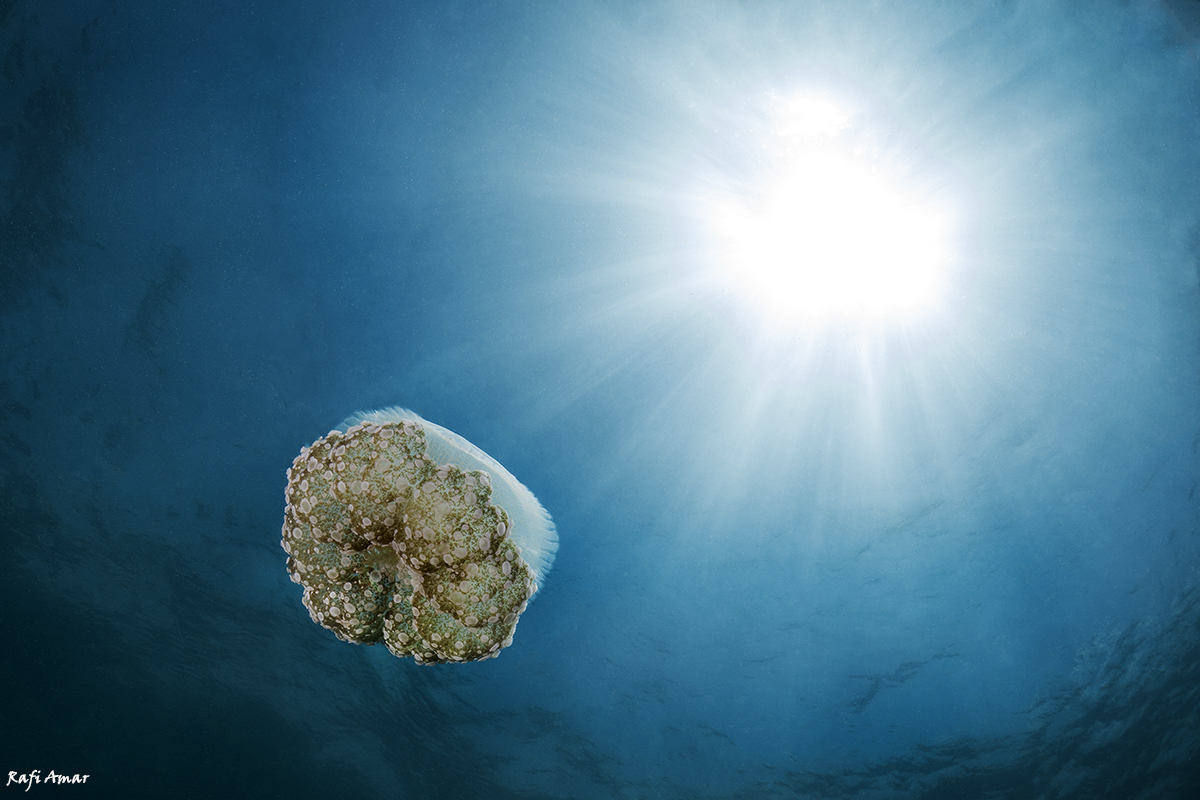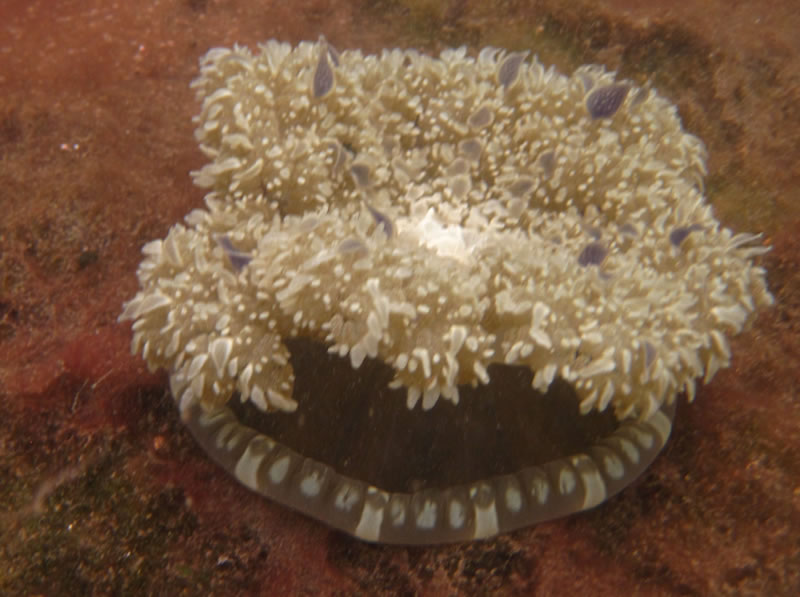

Jellyfish don’t have organs: Made up of over 95% water, jellies don’t have bones, intestines, stomachs or brains! Instead, their gelatinous bag-like body and dangling tentacles are comprised of two simple cell layers – the external epidermis and the internal gastrodermis, which help it to digest food and absorb oxygen and nutrients through its cell walls. Given that dinosaurs lived from about 245 million to 66 million years ago, this means that jellyfish pre-date them by at least 250 million years – making them one of the oldest living species on earth, surviving five mass extinctions! Jellyfish have been around since before dinosaurs: In 2007, scientists discovered a very rare preserved jellyfish fossil which is thought to be over 505 million years old. Get a glimpse of the surreal experience of swimming with hundreds of stingless jellyfish, brilliantly captured by one of our guests while on an Aqua Blu adventure at Raja Ampat’s Lenmakana Lake:
Cassiopeia jellyfish full#
However, you might look at them differently when you find out that these ocean drifters are actually full of fascinating facts. However, there’s one creature that is more familiar to most of us and comes in a variety of different colors, shapes, and sizes – the often dreaded, jellyfish.ĭubbed the ‘Aliens of the Ocean’, jellyfish have long been the unwanted visitor of summer vacations, feared for their wicked sting. "It's one of those papers that I do think will open up a door to a new line of study that's worth pursuing.With the ocean covering about three-quarters of the earth’s surface and rising, it’s no surprise that it is a hotbed for some particularly peculiar creatures – some of which scientists are only just finally starting to understand, if not discover.
Cassiopeia jellyfish skin#
"We can't look at it as, hey, we're going to harvest these jellyfish and turn it into a skin cream," said Graham. Grahan told Reuters that there was no immediate commercial value from the new findings. It's hoped that unraveling the mysteries of the immortal jellyfish will help provide clues for human aging.

They also appeared to be better at maintaining the ends of chromosomes called telomeres - in humans and other species, telomere length has been found to shorten with age. dohrnii's genome might make it better at copying and repairing DNA.


dohrnii isn't the only cnidarian species to self-rejuvenate, but this ability is usually lost once the animals reach sexual maturity, the scientists said. They were then able to present the full range of mRNA expressed by the jellyfish at different stages of the life cycle reversal process. Scientists compared a set of almost 1,000 genes linked to aging and DNA repair between T. "We've known about this species being able to do a little evolutionary trickery for maybe 15-20 years," Monty Graham, a jellyfish expert and director of the Florida Institute of Oceanography, who was not involved in the research, told news agency Reuters.


 0 kommentar(er)
0 kommentar(er)
